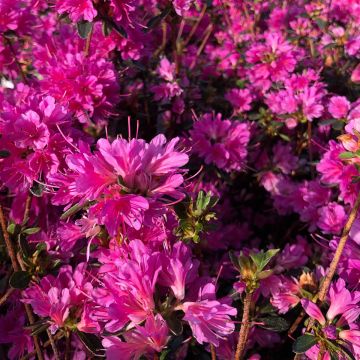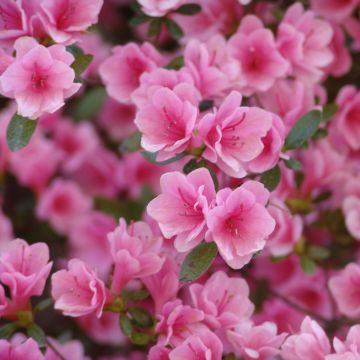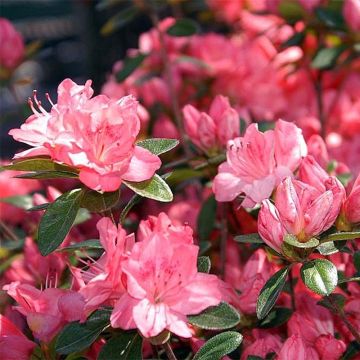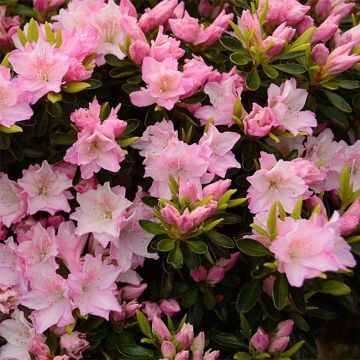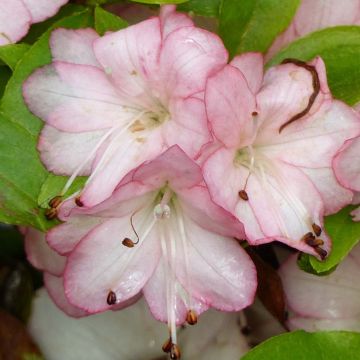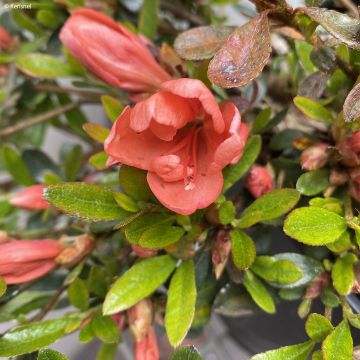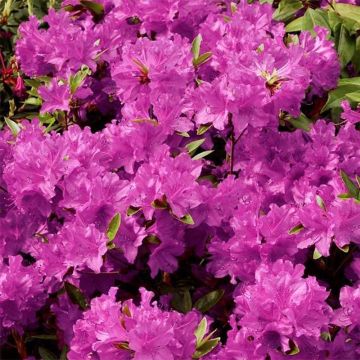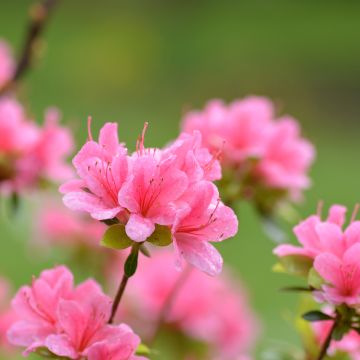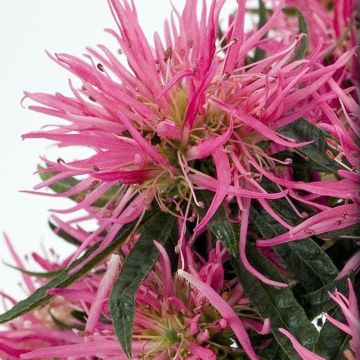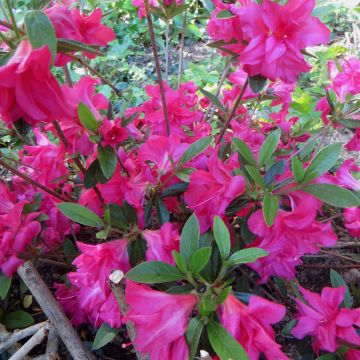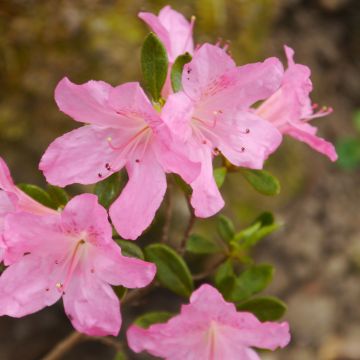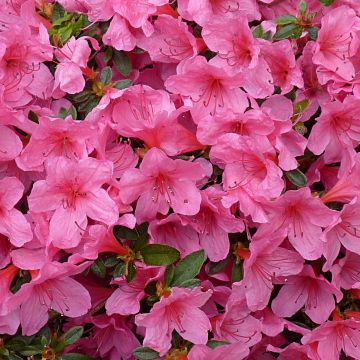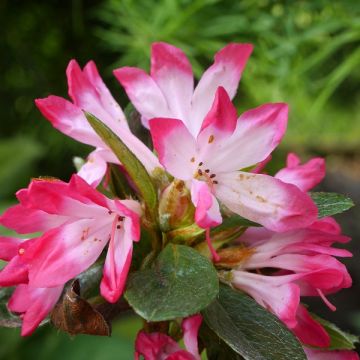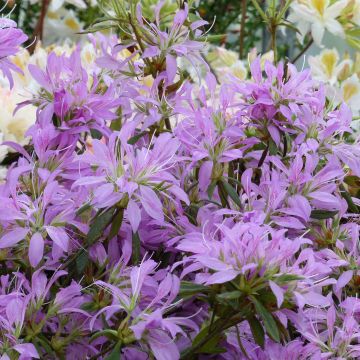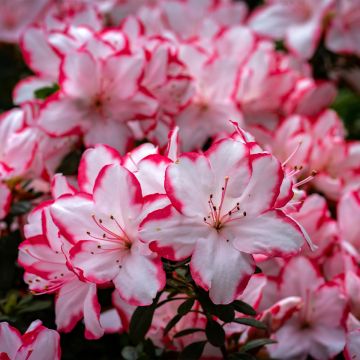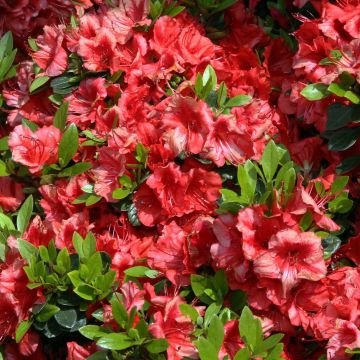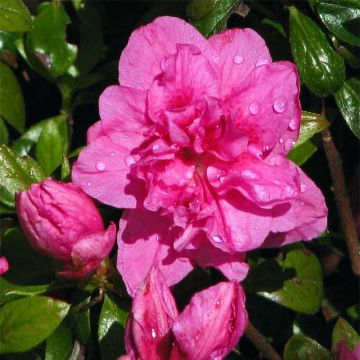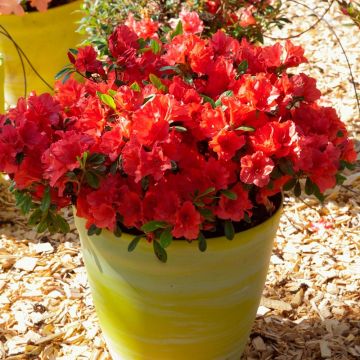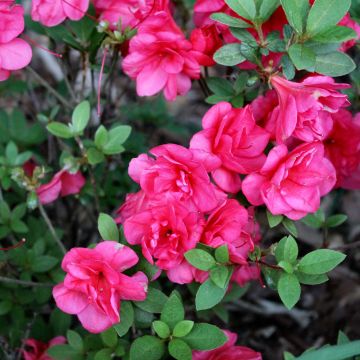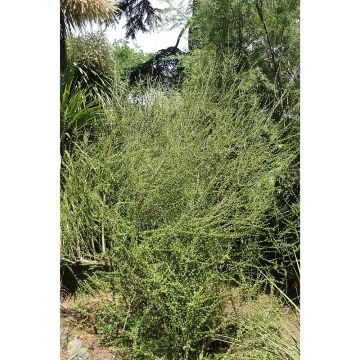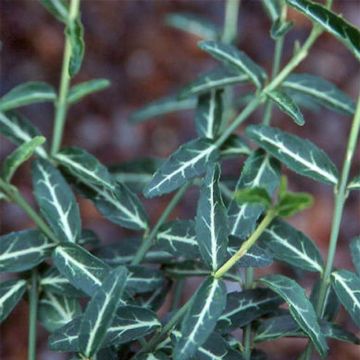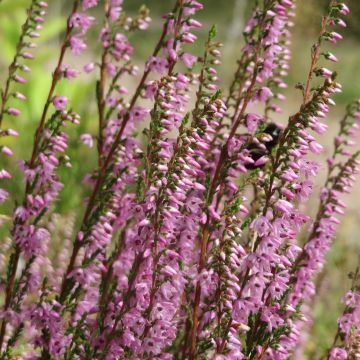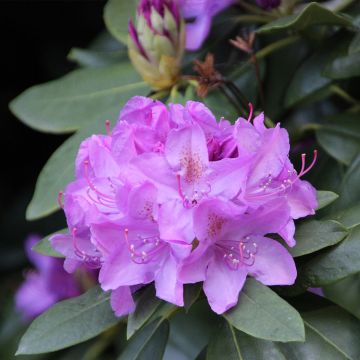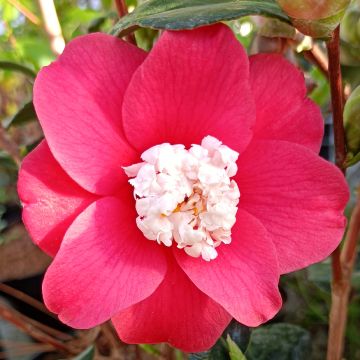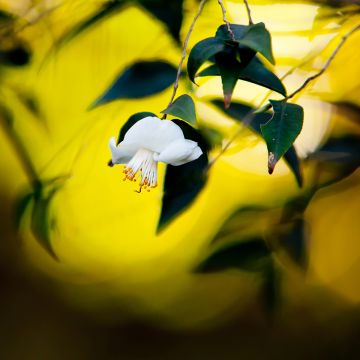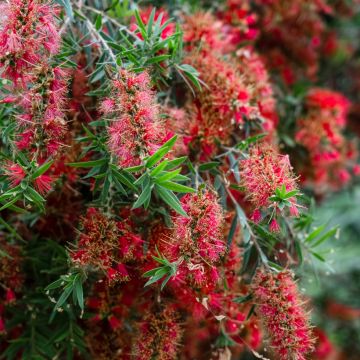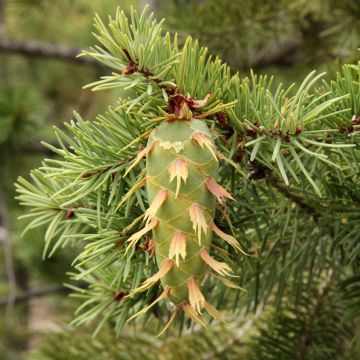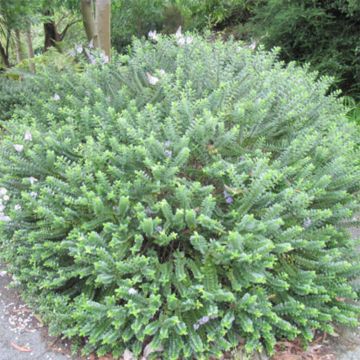Shipping country and language
Your country of residence may be:
Your country of residence is:
For a better user experience on our website, you can select:
Your shipping country:
Andorra
Austria
Belgium
Bulgaria
Canada
Chile
Croatia
Cyprus
Czechia
Denmark
Estonia
Finland
France
Germany
Greece
Hungary
Iceland
Ireland
Italy
Latvia
Lithuania
Luxembourg
Malta
Monaco
Netherlands
Poland
Portugal
Romania
Slovakia
Slovenia
Spain
Sweden
Switzerland
United Kingdom
We only deliver seed and bulb products to your country. If you add other products to your basket, they cannot be shipped.
Language:
French
German
Spanish
English
My Account
Hello
My wish lists
Plantfit
Log in / Register
Existing customer?
New customer?
Create an account to track your orders, access our customer service and, if you wish, make the most of our upcoming offers.
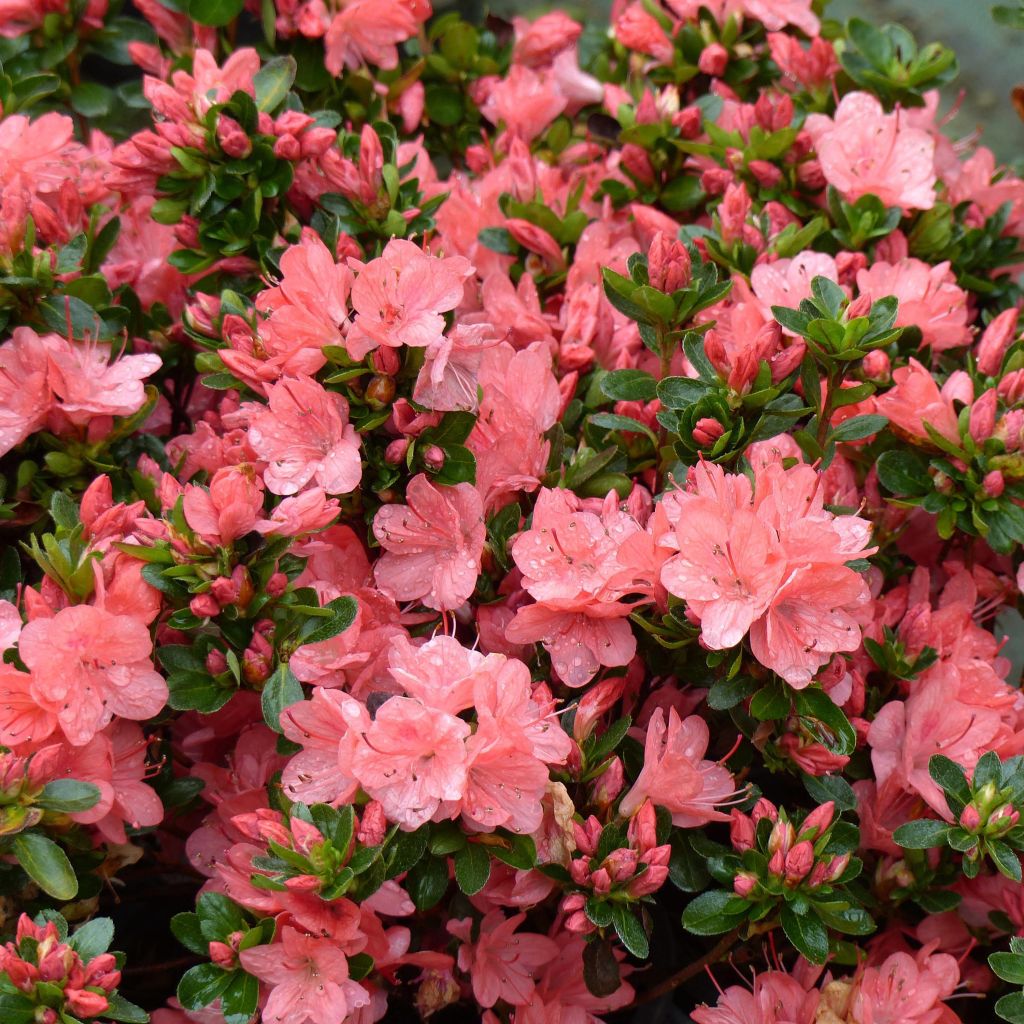

Azalea japonica Rex - Hybrid Rhododenron
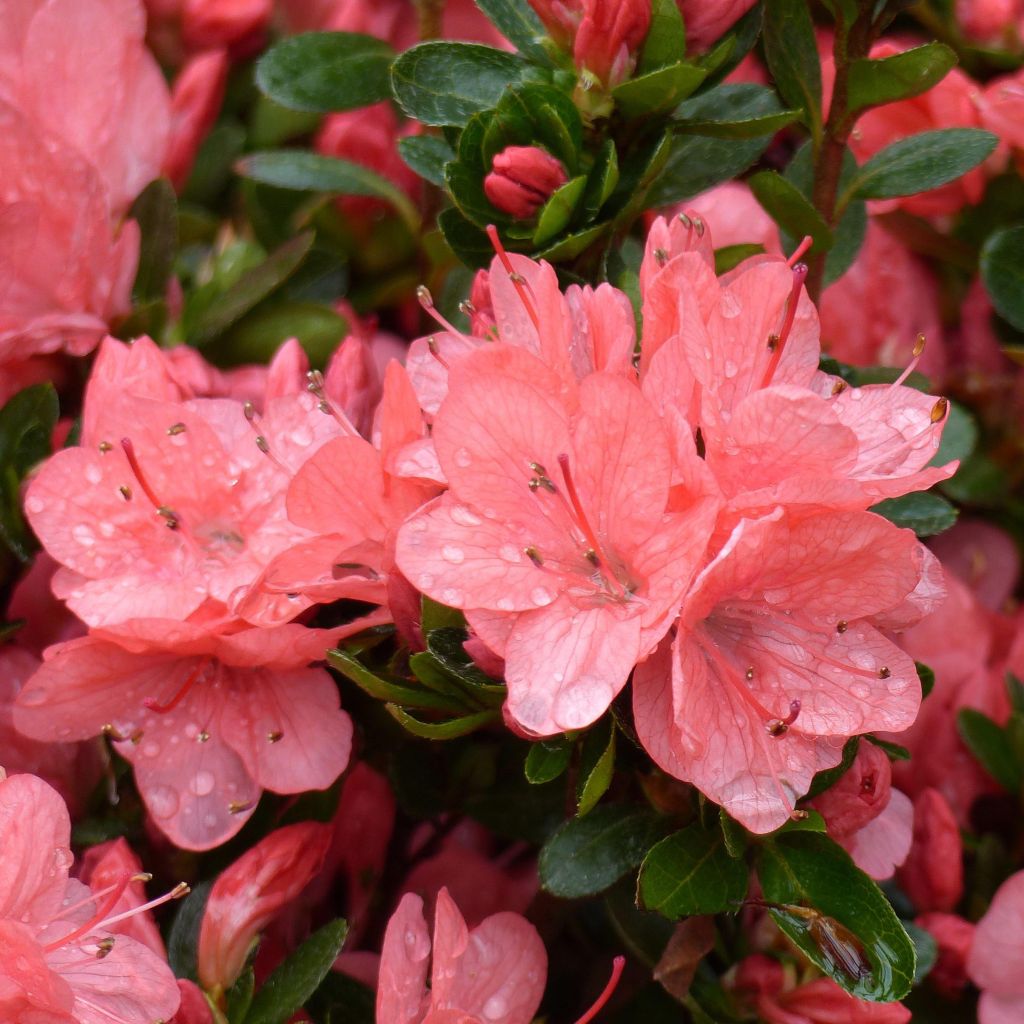

Azalea japonica Rex - Hybrid Rhododenron
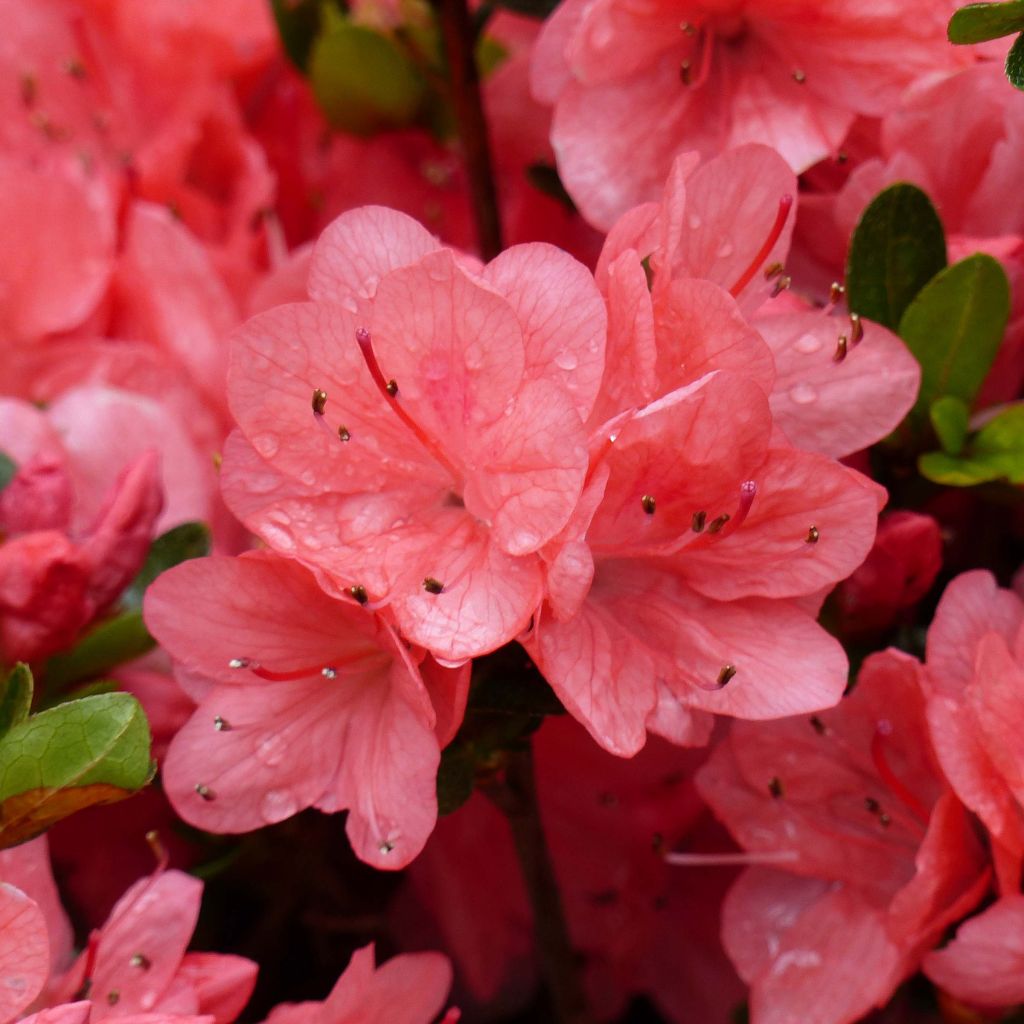

Azalea japonica Rex - Hybrid Rhododenron
Azalea japonica Rex - Hybrid Rhododenron
Rhododendron (Azalea) Rex
Japanese Azalea
She arrived at the end of January, (a small, somewhat shy bush) along with a Kirin azalea (pink). While the Kirin azalea is thriving and offering me a beautiful flowering while opening new leaves, Rex is withering, has hardly flowered (rare whitish flowers), and lately, its leaves are turning brown. I think it's going to die. However, both of them have received the same care and are in the same room. (So, the same temperature, the same humidity. I specify that it is not next to a radiator or a window). I am a bit at a loss.
Sonia, 09/03/2022
Why not try an alternative variety in stock?
View all →Order in the next for dispatch today!
Dispatch by letter from €3.90.
Delivery charge from €5.90 Oversize package delivery charge from €6.90.
More information
This item is not available in your country.
Schedule delivery date,
and select date in basket
This plant carries a 24 months recovery warranty
More information
We guarantee the quality of our plants for a full growing cycle, and will replace at our expense any plant that fails to recover under normal climatic and planting conditions.
From €5.90 for pickup delivery and €6.90 for home delivery
Express home delivery from €8.90.


Does this plant fit my garden?
Set up your Plantfit profile →
Description
The Rex Japanese Azalea or Hybrid Rhododendron is an evergreen bush with a fairly compact, spherical habit. This robust and vigorous species grows in tiers. It flowers early, from April to May. It produces abundant clusters of 12 to 25 bell-shaped flowers that appear before the leaves. These velvety flowers are salmon-pink and measure 4 to 5 cm (1.6 to 2 in) in diameter.
Native to Japan, this Japanese Azalea can reach a height of 60 cm (23.6 in) to 1 m (3 ft 4 in). Its dense foliage is dark green with small evergreen leaves 25 to 50 cm (9.8 to 19.7 in) long.
It is most commonly used in ericaceous beds, rock gardens, borders or in light woodlands. It can be grown as a specimen plant or in pots on a terrace or in a conservatory.
Divided into 2 horticultural groups, the genus Rhododendron includes, on one hand, Azaleas, both Chinese and Japanese, with small evergreen or deciduous leaves, and 5 stamens per flower, and on the other hand, Rhododendrons, with abundant, evergreen, glossy foliage, and flowers with more than 10 stamens. Although highly debated from a botanical standpoint, this classification is still widely used by horticulture professionals.
Azalea japonica Rex - Hybrid Rhododenron in pictures
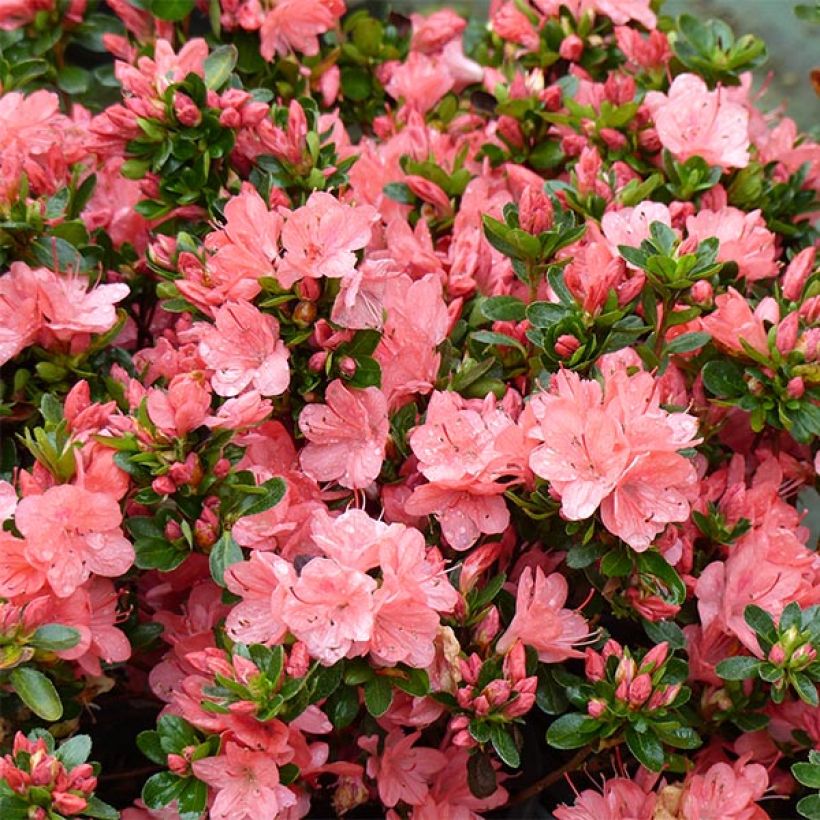

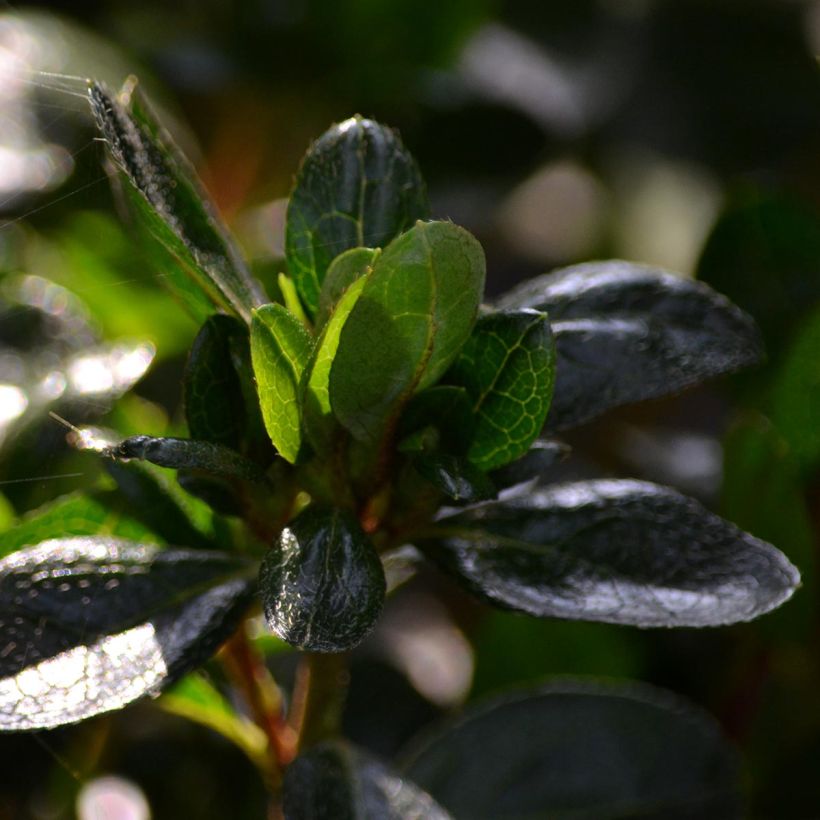

Plant habit
Flowering
Foliage
Botanical data
Rhododendron (Azalea)
Rex
Ericaceae
Japanese Azalea
Cultivar or hybrid
Other Japanese Azalea
Planting and care
Plant the Rex Japanese Azalea in a partially shaded position, protected from cold, drying winds, in cool, humus-rich, light, acid soil. Like all plants that require ericaceous soil, it does not tolerate alkaline soils or heavy soils that become waterlogged in winter. Dig a hole three times larger than the pot. Soak the root ball in lime-free water and plant the bush at the level with the surface of the soil, in a mixture composed of 1/4 coir, leaf compost, horticultural grit or perlite, and loam. Water generously and keep the soil moist in summer. Azaleas and Rhododendrons have a shallow root system. As a result, they can suffer in long periods of drought. Therefore, we recommend using humus-rich soil and watering copiously during dry periods. Additionally, this root system is not very strong, which is why it is essential to lighten heavy soils with free-draining materials (horticultural grit, perlite, clay balls) during planting. Apply a mulch of shredded pine bark around the base of the shrub every spring to maintain soil moisture and acidity. Maintenance involves cutting off faded flowers in summer and removing dead branches. Azaleas and Rhododendrons can sometimes be attacked by weevils, which eat the edges of the leaves and the rootlets, as well as by the famous "Rhododendron lace bug", rarely causing significant damage. Yellowing of the leaves (chlorosis) in Rhododendrons indicates poor uptake of iron from the soil and can lead to the premature death of the plant. While chalk is often the cause, poorly drained soil or root balls planted too deeply can also explain the phenomenon.
Planting period
Intended location
Care
- , onOrder confirmed
Reply from on Promesse de fleurs
Evergreen shrubs
Haven't found what you were looking for?
Hardiness is the lowest winter temperature a plant can endure without suffering serious damage or even dying. However, hardiness is affected by location (a sheltered area, such as a patio), protection (winter cover) and soil type (hardiness is improved by well-drained soil).

Photo Sharing Terms & Conditions
In order to encourage gardeners to interact and share their experiences, Promesse de fleurs offers various media enabling content to be uploaded onto its Site - in particular via the ‘Photo sharing’ module.
The User agrees to refrain from:
- Posting any content that is illegal, prejudicial, insulting, racist, inciteful to hatred, revisionist, contrary to public decency, that infringes on privacy or on the privacy rights of third parties, in particular the publicity rights of persons and goods, intellectual property rights, or the right to privacy.
- Submitting content on behalf of a third party;
- Impersonate the identity of a third party and/or publish any personal information about a third party;
In general, the User undertakes to refrain from any unethical behaviour.
All Content (in particular text, comments, files, images, photos, videos, creative works, etc.), which may be subject to property or intellectual property rights, image or other private rights, shall remain the property of the User, subject to the limited rights granted by the terms of the licence granted by Promesse de fleurs as stated below. Users are at liberty to publish or not to publish such Content on the Site, notably via the ‘Photo Sharing’ facility, and accept that this Content shall be made public and freely accessible, notably on the Internet.
Users further acknowledge, undertake to have ,and guarantee that they hold all necessary rights and permissions to publish such material on the Site, in particular with regard to the legislation in force pertaining to any privacy, property, intellectual property, image, or contractual rights, or rights of any other nature. By publishing such Content on the Site, Users acknowledge accepting full liability as publishers of the Content within the meaning of the law, and grant Promesse de fleurs, free of charge, an inclusive, worldwide licence for the said Content for the entire duration of its publication, including all reproduction, representation, up/downloading, displaying, performing, transmission, and storage rights.
Users also grant permission for their name to be linked to the Content and accept that this link may not always be made available.
By engaging in posting material, Users consent to their Content becoming automatically accessible on the Internet, in particular on other sites and/or blogs and/or web pages of the Promesse de fleurs site, including in particular social pages and the Promesse de fleurs catalogue.
Users may secure the removal of entrusted content free of charge by issuing a simple request via our contact form.
The flowering period indicated on our website applies to countries and regions located in USDA zone 8 (France, the United Kingdom, Ireland, the Netherlands, etc.)
It will vary according to where you live:
- In zones 9 to 10 (Italy, Spain, Greece, etc.), flowering will occur about 2 to 4 weeks earlier.
- In zones 6 to 7 (Germany, Poland, Slovenia, and lower mountainous regions), flowering will be delayed by 2 to 3 weeks.
- In zone 5 (Central Europe, Scandinavia), blooming will be delayed by 3 to 5 weeks.
In temperate climates, pruning of spring-flowering shrubs (forsythia, spireas, etc.) should be done just after flowering.
Pruning of summer-flowering shrubs (Indian Lilac, Perovskia, etc.) can be done in winter or spring.
In cold regions as well as with frost-sensitive plants, avoid pruning too early when severe frosts may still occur.
The planting period indicated on our website applies to countries and regions located in USDA zone 8 (France, United Kingdom, Ireland, Netherlands).
It will vary according to where you live:
- In Mediterranean zones (Marseille, Madrid, Milan, etc.), autumn and winter are the best planting periods.
- In continental zones (Strasbourg, Munich, Vienna, etc.), delay planting by 2 to 3 weeks in spring and bring it forward by 2 to 4 weeks in autumn.
- In mountainous regions (the Alps, Pyrenees, Carpathians, etc.), it is best to plant in late spring (May-June) or late summer (August-September).
The harvesting period indicated on our website applies to countries and regions in USDA zone 8 (France, England, Ireland, the Netherlands).
In colder areas (Scandinavia, Poland, Austria...) fruit and vegetable harvests are likely to be delayed by 3-4 weeks.
In warmer areas (Italy, Spain, Greece, etc.), harvesting will probably take place earlier, depending on weather conditions.
The sowing periods indicated on our website apply to countries and regions within USDA Zone 8 (France, UK, Ireland, Netherlands).
In colder areas (Scandinavia, Poland, Austria...), delay any outdoor sowing by 3-4 weeks, or sow under glass.
In warmer climes (Italy, Spain, Greece, etc.), bring outdoor sowing forward by a few weeks.
